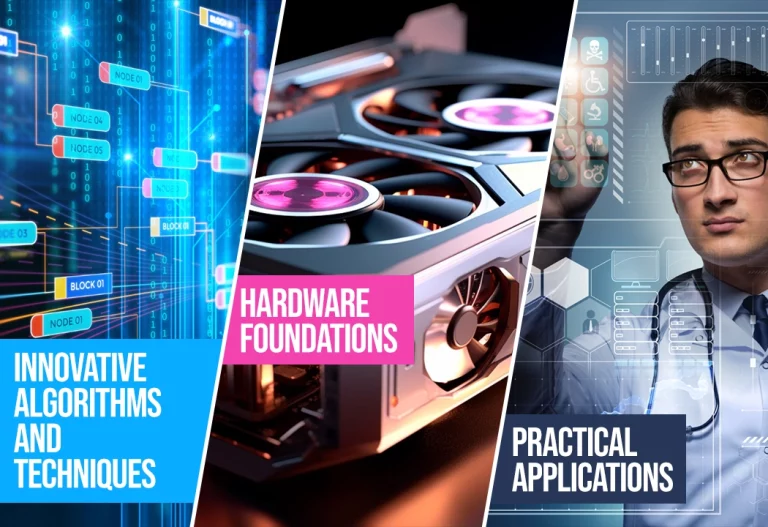- Useful Process: AI is replete with transformative processes. Whether it is machine learning algorithms refining business strategies or neural networks advancing medical diagnostics, the breadth of AI processes is staggering.
For alignment with the Alice/Mayo criteria, an AI process should showcase tangible, real-world applications, surpassing mere abstract ideas.
- Machine: AI often ushers in the development of innovative machines or enhancements of existing ones. Consider hardware tailored for AI tasks, like specific graphic processing units (GPUs).
For a machine to be deemed patent-eligible, it should manifest real-world functionality and technological progression, beyond just theoretical design.
- Manufacture: The manufacturing sphere has been significantly influenced by AI, with AI-led automation transforming production methods. To qualify for patent protection, AI-driven manufacturing innovations, like versatile robotic assembly systems, must evidence the tangible creation or alteration of products or systems.
- Composition of Matter: Though rarer in the AI domain, there are instances where novel compositions of matter come to the forefront, especially in fields like materials science and hardware design.
An example might be the development of new semiconductor materials for AI tasks. Such compositions should present tangible and practical advantages to be patent worthy.
To thrive in the AI patent arena, mastery over the Alice/Mayo test’s nuances is essential. For both innovators and U.S. IP professionals, a deep understanding of this test’s application to AI is fundamental in ensuring robust patent safeguards.
This calls for a sophisticated strategy, often necessitating thorough documentation detailing the invention’s practical use, technological leaps, and tangible applications.







